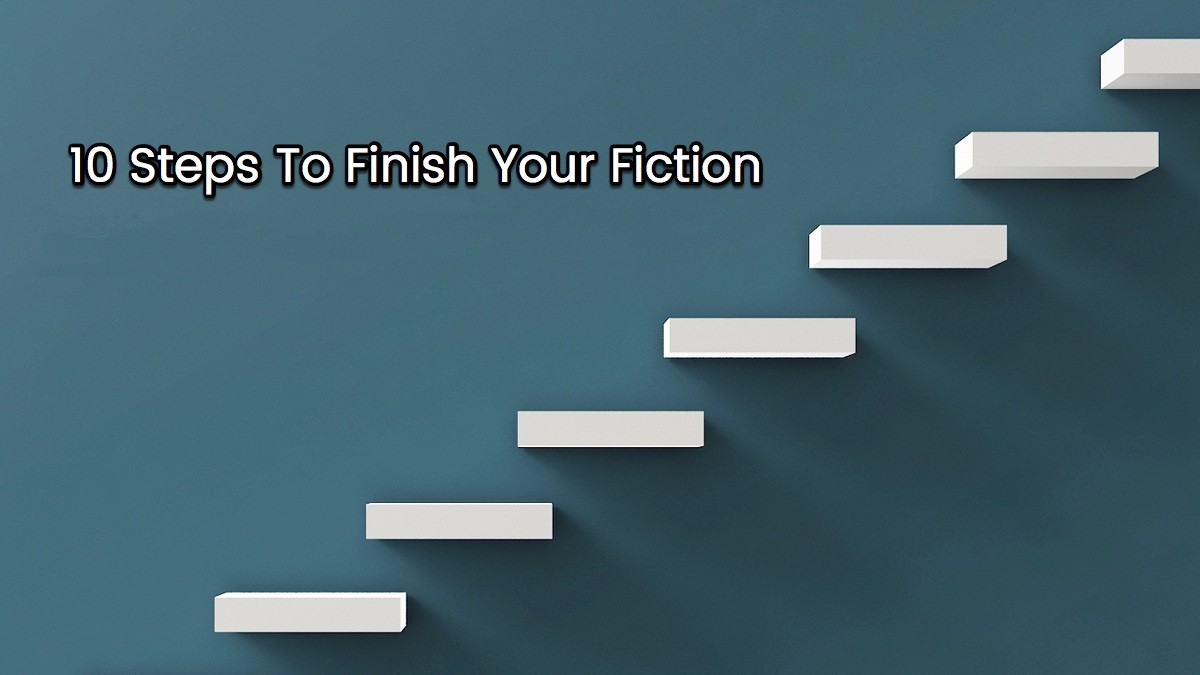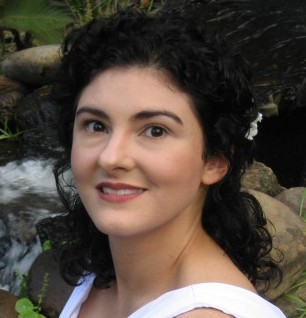There is no one “best” way to write a novel or any writing project for that matter. Sharing your opinions or bearing your soul to the public can often be a difficult journey. Discovering what works for you on each leg of a writing path can be enlightening, rewarding, and thoroughly frustrating. We are all still learning about ourselves, about what works and what doesn’t as we evolve. I want to share with you the processes that worked for me.
These are the ten basic steps that I took to create my first historical fiction novels…
- Inspiration
- Creating Characters
- Story Building
- Dialogue
- Research
- First Draft
- Re-write
- Editing
- Cover Design
- Formatting
Step 1—Inspiration:
Grab that big idea and write it down . . . tell yourself the story. Even though my story was not fully developed, I started with spurts of inspiration. I used real history to weave a story through and around my fictional characters. Unfortunately, I flew blind for the most part in my book building efforts, which may have contributed to my first series taking me over a decade to finish (I can also blame my day job). I purchased K.M. Weiland’s book Outlining Your Novel. I plan for a more organized approach in the future.
Step 2—Creating Characters:
To build my characters I used personalities that I have witnessed in my life. I fleshed them out by letting them each speak to me in their own way. Sometimes you have to use your mind’s eye and wait for them to move, speak, and feel. You can get help with this area by reading books by K.M. Weiland, Angela Ackerman & Becca Puglisi. Visit Helping Writers Become Authors and Writers Helping Writers for more information. Both links and more are prominently displayed on my resource page.
Step 3—Story-building: (This is probably the point where I should have formulated an outline)
For me, this was just a matter of asking myself…
What Happens?
Ask yourself the where, when, why, and how. Learn to walk into the scene and take a long look around:
Tell yourself the story using all your senses. What do you see, taste, touch, hear, and smell?
Pretend you are the characters . . . how do you feel?
My scenes play out like mini movies in my head. The hard part is finding a way to describe what I am experiencing so that my readers can experience it too. Sometimes my mind would jump around, and I would have to go back and fill the holes (again, I am sure that would have been remedied by an outline), but until I figure that process out I am considered a true “pantser”. I read Stephen Kings On Writing (he is my favorite author). I love listening to the advice of Sol Stein (bald pink knees is forever branded in my memory), and the advice of those lovely talented ladies I mentioned before. I scoured other sources and found these to be the ones that held my attention.
Step 4—Dialogue:
Some days I would just wait around for my characters to do something or say something. I quickly realized that I had no control of my characters once I had created them. I did my best to record what they were saying and how they said it.
Step 5—Research, research, and more research:
I believe it is important to inject as much truth into your fiction as possible. This step will take three times longer than the actual writing . . . no kidding.
Step 6—Complete Your First Draft:
This is infinitely easier to say than do. There were times when I felt like finishing was completely out of my reach. I must admit that there were moments when I gave up and tried to put it down. In fact, I contacted an author, someone I wanted to sell my story to because I felt ill equipped. She did not let me quit and became one of my greatest mentors. She became my someone to write for and the one to hold me accountable. My best advice to complete your story—Have someone who will help guide you and push you to the finish line.
It took a while for me to know how my story would end, but once I had that nailed down it made the middle a bit easier.
Step 7—Rewrite:
This is when I go back to look at a bare bones scene (or an over embellished one). I fill in the missing details, fix glaring problems, carefully fill the plot holes, and make the surroundings more vivid.
Step 8—Editing:
This step was almost as hard as finishing. It is the slow process of letting go of words that I agonized over. Many passages that I became attached to were dissected or obliterated. We call this “killing your darlings” and that is precisely what it feels like. I combed over my words twice with professionals that had two very different sets of eyes, hoping that the story would come out the other side—the best possible version of itself. My greatest challenge with this step is how to tell when enough is enough. If you are like me, then you will have to learn that finished does not feel complete. There comes a point that you’ll have to let go, or all of your hard work will never see the light of day.
Step 9—Cover Design:
Unfortunately, people do judge your book by its cover. Hire a professional only after you have seen some of their finished work. Know exactly what you are to pay and what that includes. If you know what you want, do your best to use a clear description and visual aids to explain. If you leave it completely in their hands don’t get mad (be reasonable) when they miss the mark. Document what you do and do not like on each round to help the designer find your vision. Don’t settle for less than what ultimately works for your book’s message.
Step 10—Formatting:
This step is a breeze if you hire the right professional. All the hardest work is behind you. If you are picky, it is good to have an idea of what you’re wanting for the book’s presentation, such as a font, any decorative touches, and whether or not to drop cap (I had no idea what this term meant. I had to look it up when my formatter asked if I wanted one or not). Take a trip to a library or bookstore and take pictures of interior pages that you find attractive to show your professional and let them advise you.
I have just conquered these steps, and now I am heading into preparations for print. I will collect more information as I go and give you guys a more in-depth look at the steps that go into self-publishing my debut novels The Gator Leaves Nothing Behind Part I and II.
Thank you for reading and please feel free to ask questions or add anything I may have missed in the comment section below.
How can I help you—what step are you on?



Hey, Very nice. Please update as you progress in your Journey
I look forward to doing just that James! ??
I love love love this candid account of your experience! As you learn more let’s expand on this with tips and what doesn’t work! Keep up the amazing work.
Thank you so much! I love writing and helping…I will. ?
This is a very nice article
Thank you Michael ?
Have someone who will help guide you and push you to the finish line. — That’s the truth!
Always good to have a pal for accountability! ? Thanks Shayla.
Hey, look at that! “Kill your darlings.” That happens to be your editor’s upcoming self-help book on editing fiction 🙂
I can’t wait to read it Spencer! ?